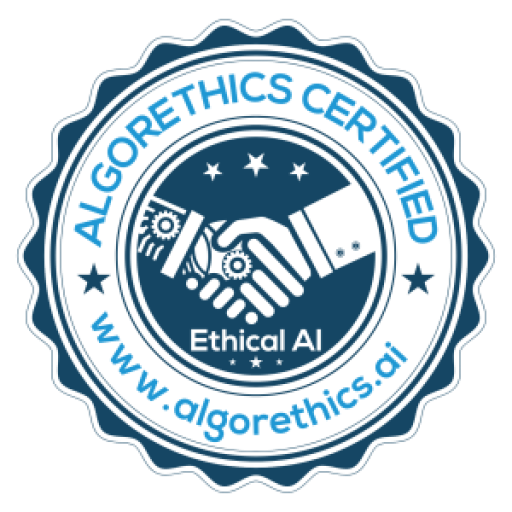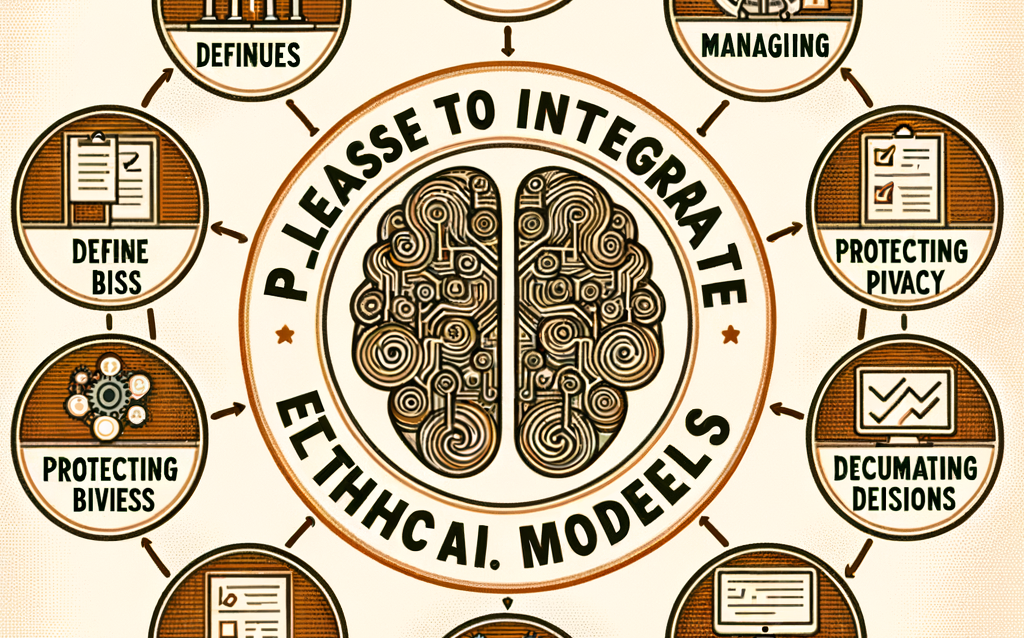In a world where artificial intelligence (AI) increasingly influences our daily lives, integrating ethical practices into AI models is more crucial than ever. With AI systems making decisions that can impact everything from healthcare to justice, ensuring these technologies are built on a foundation of fairness, transparency, and morality is fundamental. But how exactly do you infuse your AI models with these ethical principles? Fear not! Our cheerful guide will simplify this seemingly complex task.
Building Morality: Ethical AI Models Made Easy!
Ethical AI begins with a foundational commitment to fairness and inclusivity. Before you even start coding, it’s vital to understand the diverse perspectives of those who might be impacted by your AI model. Engage with a broad range of stakeholders, including ethicists, community leaders, and potential users, to ensure your AI reflects a wide array of viewpoints. This initial step is akin to planting the seeds of morality in your development process; it ensures that ethical considerations are baked into your model from the very beginning.
Another cornerstone of ethical AI is transparency. Think of it as giving your AI model a clear, glass exterior where users can see exactly how decisions are made. Document your algorithms, openly share your data sources, and explain the decision-making processes in a way that is accessible to non-experts. Transparency not only builds trust but also allows for ongoing scrutiny and improvement, ensuring that your AI adapts to ethical standards as society evolves.
Bias mitigation is perhaps one of the most critical aspects of ethical AI. Unintentional biases can slip into your models through skewed data or implicit assumptions. Use bias detection tools and techniques to identify and correct these biases. Regularly update your datasets to reflect the most current and balanced information. By actively working to eliminate biases, you’re fostering an environment where your AI can make fair and just decisions, much like an impartial judge.
Step-by-Step Guide to Integrate Goodness into Your Code
-
Start with Ethical Guidelines: Begin by establishing a set of ethical guidelines that your team adheres to throughout the AI development lifecycle. These could be based on international standards like the IEEE’s Ethically Aligned Design or customized to fit your specific project’s needs. Having a clear ethical framework helps in making consistent and moral decisions, creating a compass that guides your AI model toward goodness.
-
Ethical Audits and Reviews: Regularly conduct ethical audits and reviews of your AI models. This involves evaluating your algorithms, data, and overall system against your ethical guidelines. Use diverse audit teams to catch a variety of potential ethical issues. This structured approach ensures that ethical considerations aren’t just an afterthought but a continuous part of your development process.
-
Feedback Loops and Iteration: Incorporate feedback loops where users and stakeholders can voice their concerns and experiences with your AI model. Regularly update and iterate on your model based on this feedback. This ongoing dialogue helps to maintain ethical integrity and adapt your AI to new ethical challenges as they arise. It’s like continuously fine-tuning a musical instrument to ensure it always produces harmonious notes of morality.
Infusing ethical practices into your AI models isn’t just a lofty ideal—it’s an achievable goal that can lead to more trustworthy and effective technology. By engaging with diverse perspectives, ensuring transparency, and actively mitigating bias, you lay the groundwork for ethical AI. Adhering to ethical guidelines, conducting regular audits, and maintaining open feedback loops further solidify this foundation. So, roll up your sleeves and start integrating goodness into your code today! Remember, building moral AI not only benefits society but also fosters trust and credibility in your technological creations. Let’s make the world of AI a better, more ethical place, one line of code at a time!







